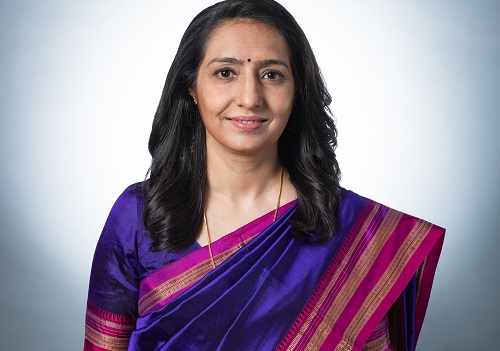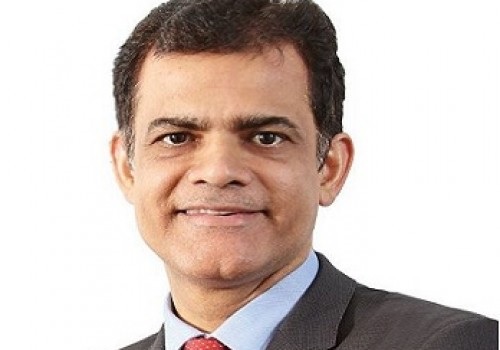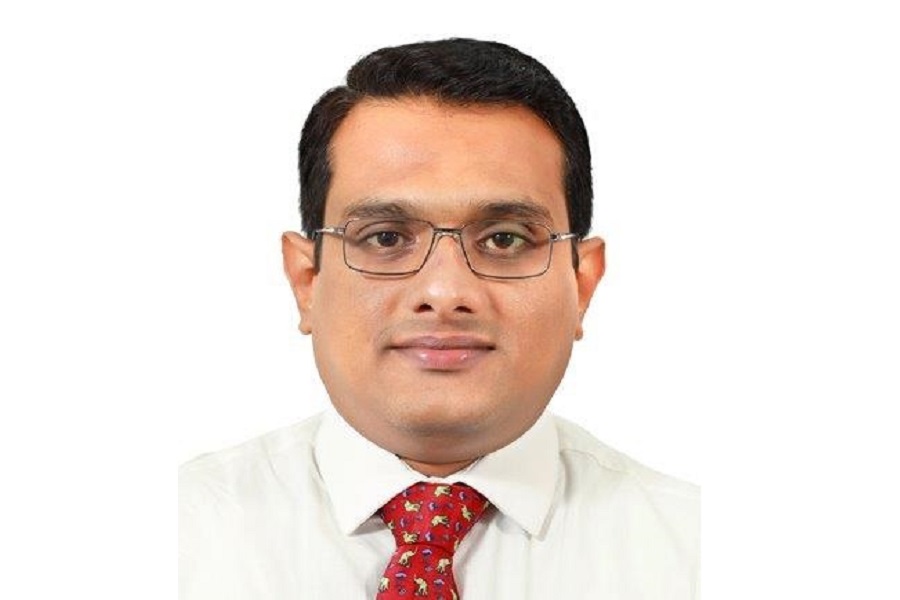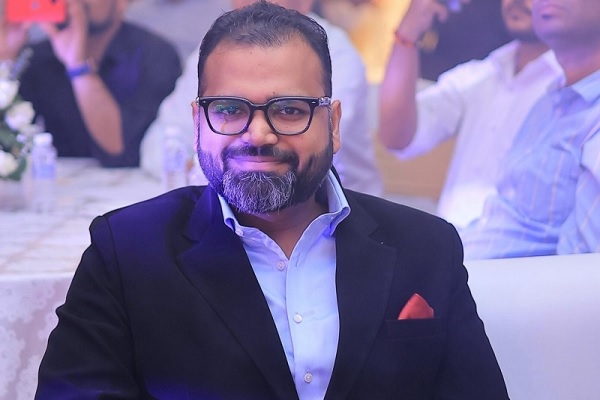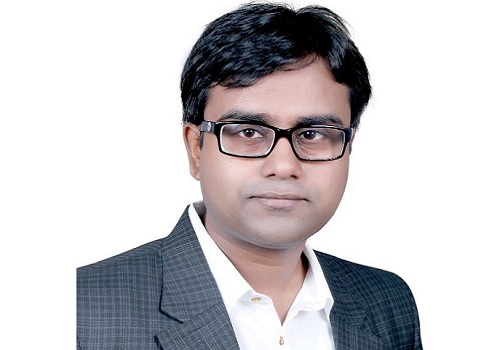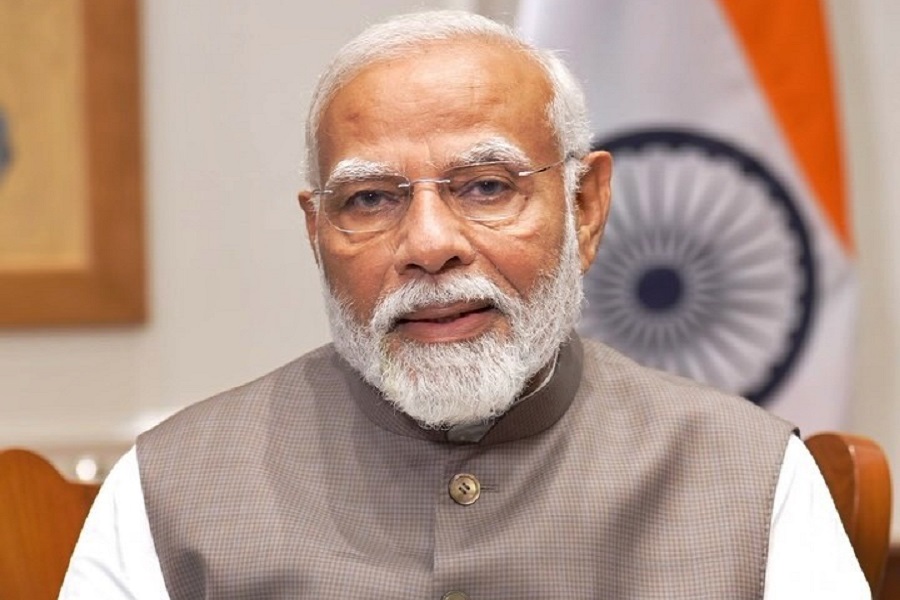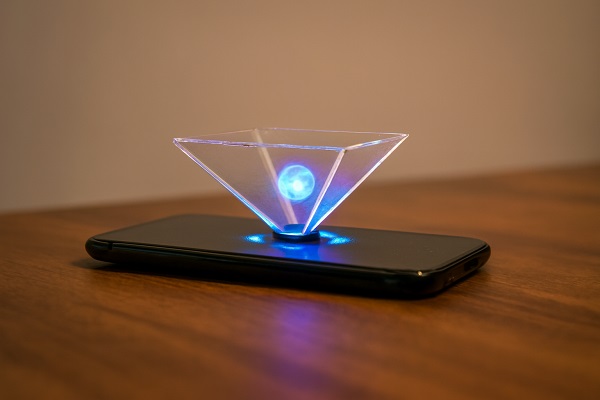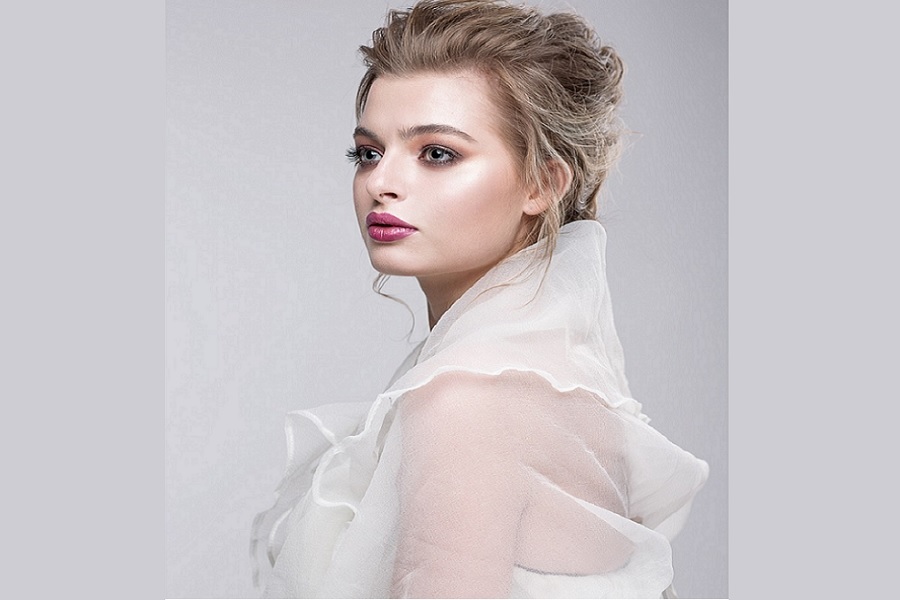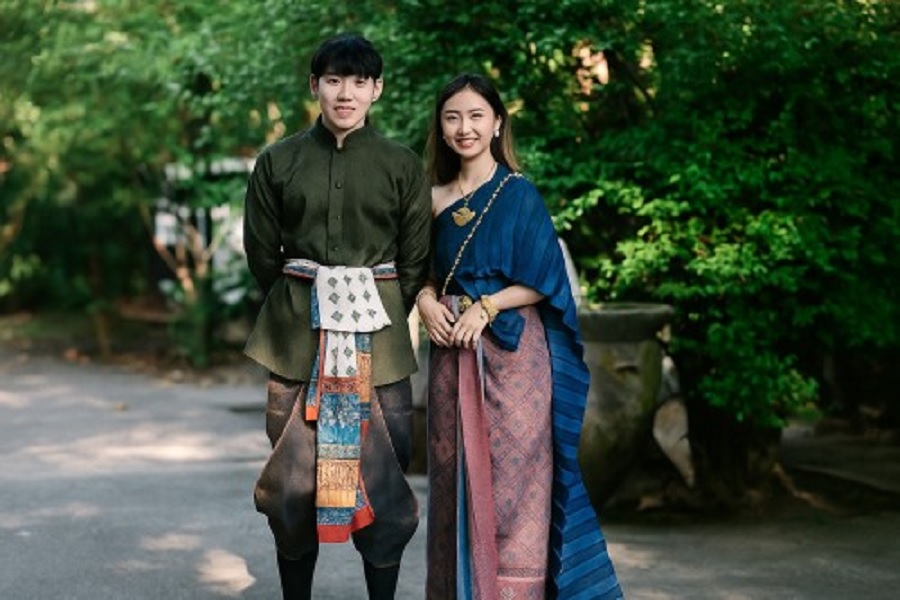Timeless Elegance: The Fashion of the Bengali Saree

The Bengali saree is more than just a piece of clothing—it's a cultural symbol, an heirloom of tradition, and an evolving fashion statement. Rooted deeply in the rich heritage of West Bengal and Bangladesh, this iconic drape has stood the test of time, influencing designers, celebrities, and modern saree lovers across the globe.
A Legacy of Weaving Excellence
The Bengali saree is often associated with handloom weaving traditions that have flourished for centuries. Famous types include:
Tant Saree: Known for its lightness and comfort, the Tant saree is perfect for the hot, humid climate of Bengal. It's woven with cotton and often features thick borders and beautiful floral or paisley motifs.
Baluchari Saree: Woven in Murshidabad, this regal silk saree is famed for its mythological scenes woven into the pallu and border. It is often worn during weddings and festive occasions.
Dhakai Jamdani: Originally from Dhaka (now in Bangladesh), Jamdani sarees are handwoven masterpieces that display delicate motifs on fine muslin-like cotton. A symbol of aristocracy in the past, Jamdanis are now cherished by connoisseurs of handloom fashion.
Garad and Korial Sarees: Worn during Durga Puja and other religious ceremonies, these sarees are typically white or cream with red borders, reflecting purity and spiritual significance.
Bengali Saree in Modern Fashion
While tradition remains at the core, the Bengali saree has found a renewed place in contemporary fashion. Designers like Sabyasachi Mukherjee and Ritu Kumar have embraced its legacy by incorporating Bengali handlooms in their collections. Modern versions come with fusion elements like crop tops, jackets, belts, and pre-stitched styles, making them more appealing to younger generations.
Bengali celebrities such as Konkona Sen Sharma, Rituparna Sengupta, and Mimi Chakraborty often flaunt sarees with pride at red carpet events and cultural shows, reinforcing the beauty and versatility of the Bengali drape.
How to Style a Bengali Saree
Drape It Traditionally: The classic Bengali drape involves pleating the saree neatly and letting the pallu come from under the right arm and rest on the left shoulder.
Accessorize Well: Traditional jewelry such as shankha-pola (conch and red bangles), gold jhumkas, and chokers elevate the overall look.
Hairstyle & Bindi: A center-parted bun with fresh flowers and a large red bindi brings out the essence of Bengali aesthetics.
Conclusion
The Bengali saree continues to be a bridge between heritage and high fashion. Its timeless charm lies in its ability to adapt while staying rooted in its identity. Whether worn at a festive celebration or reimagined on the fashion runway, the Bengali saree remains a powerful symbol of grace, tradition, and cultural pride.
